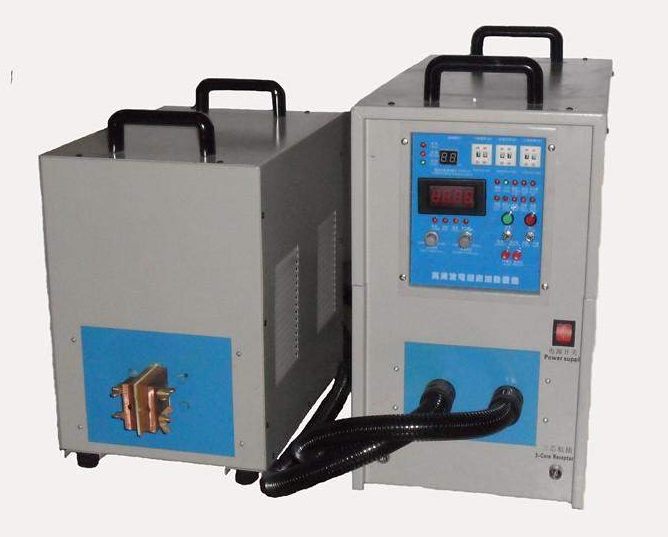- 13
- Jan
How to choose high-frequency quenching equipment correctly
Maitiro ekusarudza yepamusoro-frequency kudzima michina zvakarurama
1) Continuous working hours of equipment
The continuous working time is long, and relatively high-power induction heating equipment is selected.
2) The connection distance between the sensing component and the equipment
The connection is long, and even water-cooled cable connection is required, so relatively high-power induction heating equipment should be used.
3) Depth and area to be heated
If the heating depth is deep, the area is large, and the overall heating, the induction heating equipment with high power and low frequency should be selected; the heating depth is shallow, the area is small, and the local heating is selected. Induction heating equipment with relatively low power and high frequency should be selected.
4) Process requirements
Generally speaking, for processes such as quenching and welding, you can choose a lower power and a higher frequency; for annealing and tempering processes, choose a higher relative power and a lower frequency; red punching, hot forging, smelting, etc., need For a process with good diathermy effect, the power should be larger and the frequency should be lower.
5) The material of the workpiece
Pakati pezvigadzirwa zvesimbi, nzvimbo yakakwirira yekunyunguduka inenge yakakura, iyo yakaderera yakanyunguduka inenge iduku; iyo yakaderera resistivity yakakwira, uye yakakwirira resistivity yakaderera.
6) Required heating rate
If the heating speed is fast, the induction heating equipment with relatively large power and relatively high frequency should be selected.
7) The shape and size of the workpiece to be heated
Kune mahombe ekushanda, mabara, uye zvinhu zvakasimba, shandisa induction yekudziisa ine simba rakawanda uye yakaderera frequency; kune zvidiki zvekushanda, machubhu, mahwendefa, magiya, nezvimwe, shandisa induction yekudziya michina ine simba rakaderera uye yakakwirira frequency.
The above basic knowledge must be analyzed and applied comprehensively in order to use it well, skillfully, and freely.
This not only must be mastered by every professional and technical personnel of high-frequency quenching equipment, but also needs to be understood and mastered as much as possible by users and those who want to use it.

